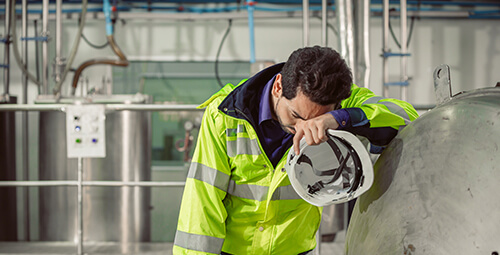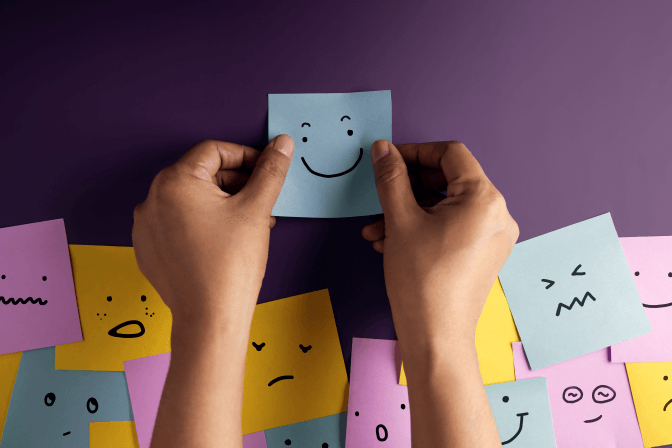With many people working longer hours and in some cases more than one job, the development of chronic diseases, musculoskeletal disorders and psychological illness may have its origins in the workplace.
Research has found that workers who are regularly exposed to hazardous working conditions, physically demanding tasks, high levels of stress and long working hours are more likely to consume risky levels of alcohol, reduce their level of physical activity to low, increase their likelihood of smoking and make poor nutritional choices. These habits can put strain on their overall health leading to an increased risk in chronic diseases and injuries on the job.
While these lifestyle choices may also be caused by outside factors (such as family or financial strain), the bottom line is that it impacts the employee, co-workers, workplace safety, workplace culture and business outcomes.
Could the health of your workforce be impacting your bottom line?
- Healthier workers are almost three times more productive than their unhealthy counterparts.
- On average, work related psychological injuries have longer recovery times, higher costs, and require more time away from work (almost four times higher than other injuries).
- Any employees who are carrying excess weight and engaging in low levels of physical activity are more likely to be less productive and take more sick leave.
As you can see from the facts above, the health and wellbeing of your workforce can have a significant and very direct impact on productivity. While you can’t stop people getting sick, you can help them address health concerns when needed and implement healthy actions at work.
Using the workplace as a setting for health promotion and education is a great way to help your employees lower their risk profiles for overall physical health as well as mental wellbeing. These types of initiatives also show your employees that they are valued and cared about which goes a long way.
Health by Design have a range of services, resources and programs that can help show employees the link between their actions at home, behaviours adopted at work and the risk of disease or injury due to those combined habits. Talk to us today about your workplace concerns.




